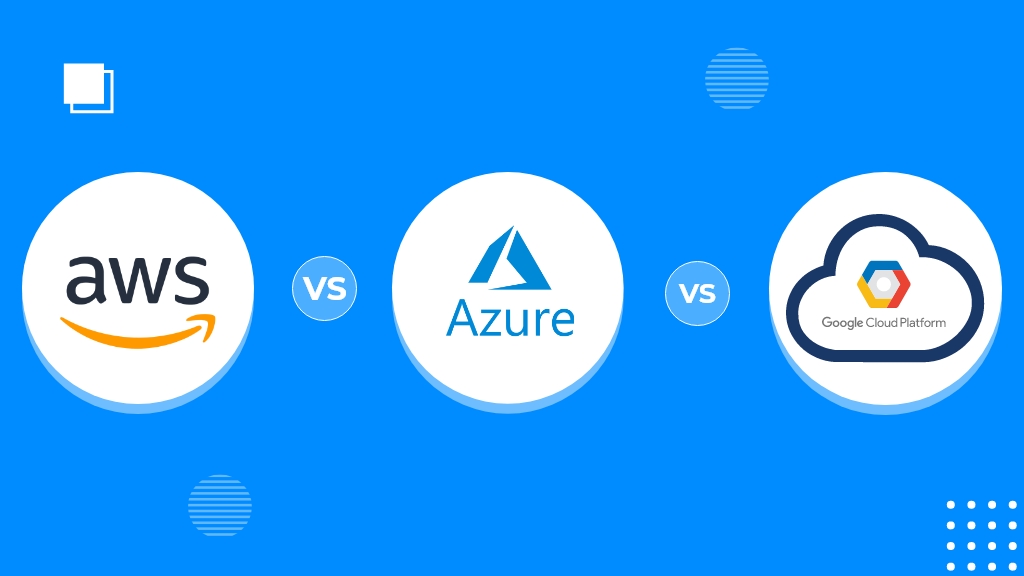Unleashing the True Cost: A Comprehensive Comparison of Amazon Web Services and On-Premise Infrastructure for Midsize Businesses
In the ever-evolving landscape of IT infrastructure, the debate between cloud-based solutions and traditional on-premise setups remains a critical consideration for midsize businesses. Amazon Web Services (AWS) has emerged as a leading cloud provider, offering a wide range of services that promise scalability and efficiency. However, determining the true cost of AWS compared to on-premise infrastructure requires a thorough analysis. In this blog post, we’ll conduct a total cost of ownership (TCO) comparison to help midsize businesses make informed decisions about their IT infrastructure.
Understanding Total Cost of Ownership (TCO):
Total cost of ownership refers to the comprehensive evaluation of all expenses associated with a particular IT infrastructure solution over its lifecycle. This includes both direct costs (hardware, software, maintenance, etc.) and indirect costs (training, downtime, security, etc.).
AWS: The Cloud Advantage for Midsize Businesses:
- Hardware and Infrastructure Costs:
On-premise infrastructure requires a significant upfront investment in hardware and networking equipment. Midsize businesses may face constraints when procuring and maintaining these resources. In contrast, AWS operates on a pay-as-you-go model, eliminating the need for substantial upfront capital expenses. Businesses can scale their infrastructure according to demand, optimizing costs efficiently.
- Maintenance and Support:
On-premise infrastructure demands ongoing maintenance and support costs, including hardware updates, software patches, and troubleshooting. AWS, being a fully managed cloud service, handles infrastructure maintenance, allowing businesses to focus on core operations. This alleviates the need for dedicated IT staff, ultimately reducing labor costs.
- Scalability and Flexibility:
Midsize businesses often experience fluctuations in resource requirements. With AWS, businesses can scale their infrastructure up or down as needed, paying only for the resources consumed. This level of flexibility allows for cost optimization and ensures efficient resource allocation.
- Downtime and Redundancy:
On-premise setups may face occasional downtime, impacting productivity and customer experience. AWS offers high availability and redundancy across multiple regions and availability zones, reducing the risk of downtime and its associated costs.
- Security and Compliance:
AWS invests heavily in security measures, including encryption, access controls, and compliance certifications. Midsize businesses benefit from enterprise-grade security without bearing the full burden of implementation and maintenance costs.
On-Premise Infrastructure: Assessing the Costs:
- Hardware and Capital Expenditures:
As mentioned earlier, on-premise infrastructure requires substantial upfront investment in hardware and networking components. For midsize businesses, this initial capital expenditure can strain budgets and limit other growth opportunities.
- Maintenance and Upgrades:
Ongoing maintenance costs for hardware, software updates, and licensing can accumulate over time. Additionally, technology obsolescence may necessitate frequent hardware upgrades, leading to unexpected expenses.
- Space and Power Requirements:
Physical infrastructure demands dedicated space and power resources. Midsize businesses may incur real estate expenses to accommodate their IT infrastructure, further impacting TCO.
- Scalability Challenges:
Scaling on-premise infrastructure can be complex and time-consuming. As businesses grow, they may face delays and additional costs to expand their infrastructure to meet rising demands.
- Security and Compliance Responsibilities:
With on-premise setups, businesses bear the responsibility of implementing and maintaining robust security measures. Failing to comply with industry regulations can result in costly fines and reputational damage.
Total Cost of Ownership Comparison: AWS vs. On-Premise Infrastructure for Midsize Businesses:
While the cost considerations for AWS and on-premise infrastructure differ significantly, conducting a TCO comparison allows midsize businesses to make data-driven decisions. AWS’s pay-as-you-go model, reduced maintenance overheads, and scalability offer distinct financial advantages. Conversely, on-premise infrastructure requires a substantial upfront investment and incurs ongoing maintenance and upgrade expenses.
For midsize businesses seeking a cost-effective, scalable, and efficient IT infrastructure solution, AWS presents a compelling option. By leveraging the cloud’s power, businesses can focus on their core operations, optimize costs, and embrace the agility needed for success in today’s competitive landscape.
In conclusion, when comparing Amazon Web Services to on-premise infrastructure for midsize businesses, it’s evident that AWS offers a significant TCO advantage. With its flexible pricing, managed services, and robust security measures, AWS empowers midsize businesses to innovate, grow, and thrive in the ever-changing digital world. As IT professionals, embracing cloud solutions like AWS can drive efficiency, cost optimization, and unparalleled opportunities for businesses seeking sustainable growth.

